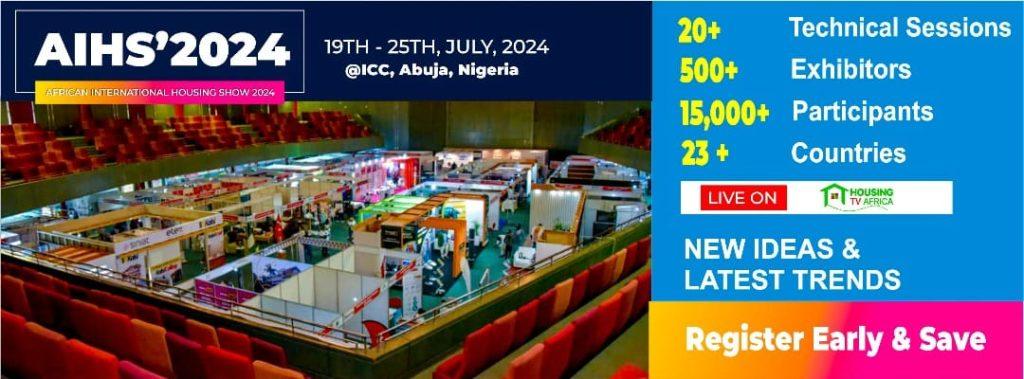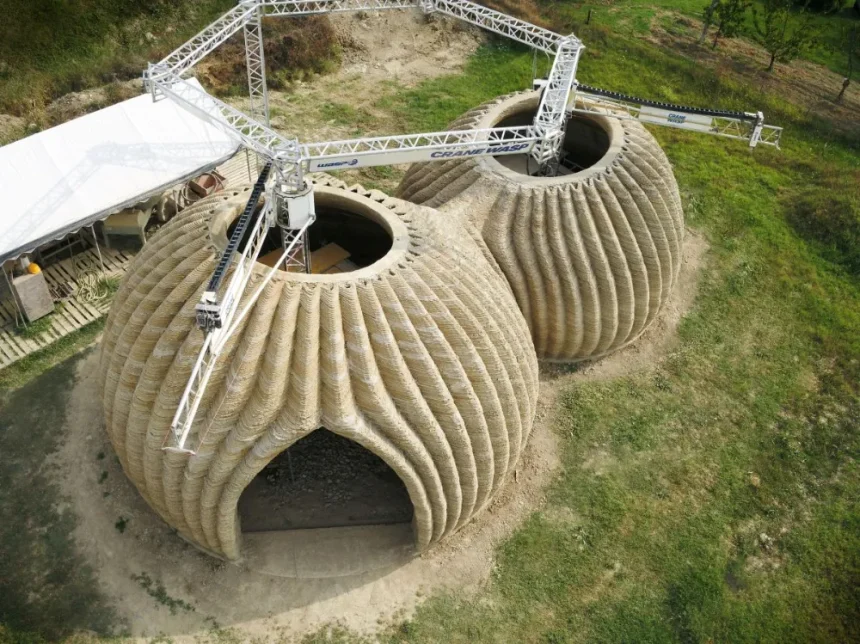By Olivia Nielsen, principal at Miyamoto International
Housing is one of the most important investments a family can make. Today, however, this reality remains grim: approximately 1.8 billion people worldwide are trapped in a cycle of substandard living conditions.
The global housing crisis demands innovative solutions that not only prioritize affordability and sustainability but adapt to the individual needs and preferences of households. Yet, unlike other fields, the construction and affordable housing industries have been slow to evolve.
The promise of 3D-printed Innovation
The use of 3D printing in housing construction has recently captured headlines, generating considerable excitement for its potential to revolutionize the industry through enhanced efficiency, reduced costs, and fewer delays.

Innovations have led to the advent of more agile robots capable of navigating tighter urban spaces, major carbon savings in 3D concrete, as well as developments in the use of eco-friendly, biobased materials.
The intersection of AI and 3D printing
The unique potential of revolutionizing affordable housing lies at the intersection of AI and 3D printing instead.
This convergence offers a unique opportunity to differentiate from traditional construction techniques by enabling the creation of homes that are not only affordable and quickly constructed, but also personalized and potentially retrofitted to improve existing structures.
Reflecting on the uniform suburban expansions that have defined vast regions from the latter half of the 20th century, from Levittown in New York to the sprawling suburbs of Phoenix and Houston, it’s evident that these developments, designed for efficiency and rapid construction, epitomize the trade-off between affordability and individuality.
This issue transcends national borders, affecting regions from Haiti to Indonesia, where efforts to address housing shortages similarly prioritize cost-cutting over personalization.
Despite the promise of technology to reinvent the future of housing, modularity and mass production continue to be touted as the panacea of the global housing crisis.
Yet, these large-scale developments are resistant to change – even the smallest modifications can have cascading effects, impacting supply chains, construction timelines, costs, and overall coordination.
Alternatively, 3D printing embraces the intrinsically unique and dynamic nature of housing – enabling the construction of homes tailored to individual needs, preferences, and affordability requirements. Combining this unique attribute with AI takes this process a step further.
ICON recently introduced ‘Vitruvius,‘ the pioneering AI architect that empowers individuals to design their dream homes within seconds, complete with cost estimates.
Historically speaking, access to a private architect has been a luxury. Advances in AI make bespoke design accessible to a much broader segment of society.
While the promise of 3D printing and AI heralds an era where every home can mirror the unique identity of its inhabitants, the path is still fraught with challenges.
Overcoming technical hurdles
Technical challenges blur this idealistic vision of affordable, customized housing.
Currently, one of 3D printing’s foremost challenges is the difficulty of constructing buildings over a couple of stories high. This poses challenges to the development of housing in urban areas, where vertical expansion is essential for maximizing limited land resources and reducing costs.
When it comes to affordable housing, the majority of carbon emissions are linked to their location, often in peri-urban areas, which leads to longer commutes. Solving the global and climate housing crisis will require vertical solutions– a challenge that lies in the road ahead for the 3D printing industry.
Addressing societal and economic concerns
A major concern is the potential loss of jobs, especially in developing countries where manual labor is a significant source of employment.
The automation of construction processes, while efficient and potentially more sustainable, could exacerbate unemployment and social inequality if not carefully managed and mitigated through policy interventions, retraining programs, and the creation of new job opportunities in technology-driven sectors of the construction industry.
Addressing the qualitative housing deficit
While 3D printing promises to offer a solution to home building, the housing deficit is predominantly qualitative rather than quantitative. This means the majority of the population is not in need of additional housing but rather improvements to existing structures.
Can 3D printing and AI improve existing homes, or are they confined to creating new ones? The potential for these technologies to retrofit or enhance existing structures remains a largely unexplored frontier.
Innovations might include modular 3D printed components for home improvement or AI-driven diagnostics to identify and design necessary structural enhancements.
3D printing and AI are still in their early stages of development, specifically with regards to the housing sector. As they mature, their intersection may present an opportunity to address both quantitative and qualitative housing deficits, offering solutions that can adapt to the diverse needs of global populations.
The journey toward this future is complex, yet the potential rewards are promising, promising a new era of housing that meets the needs and reflects the individuality of its inhabitants.



